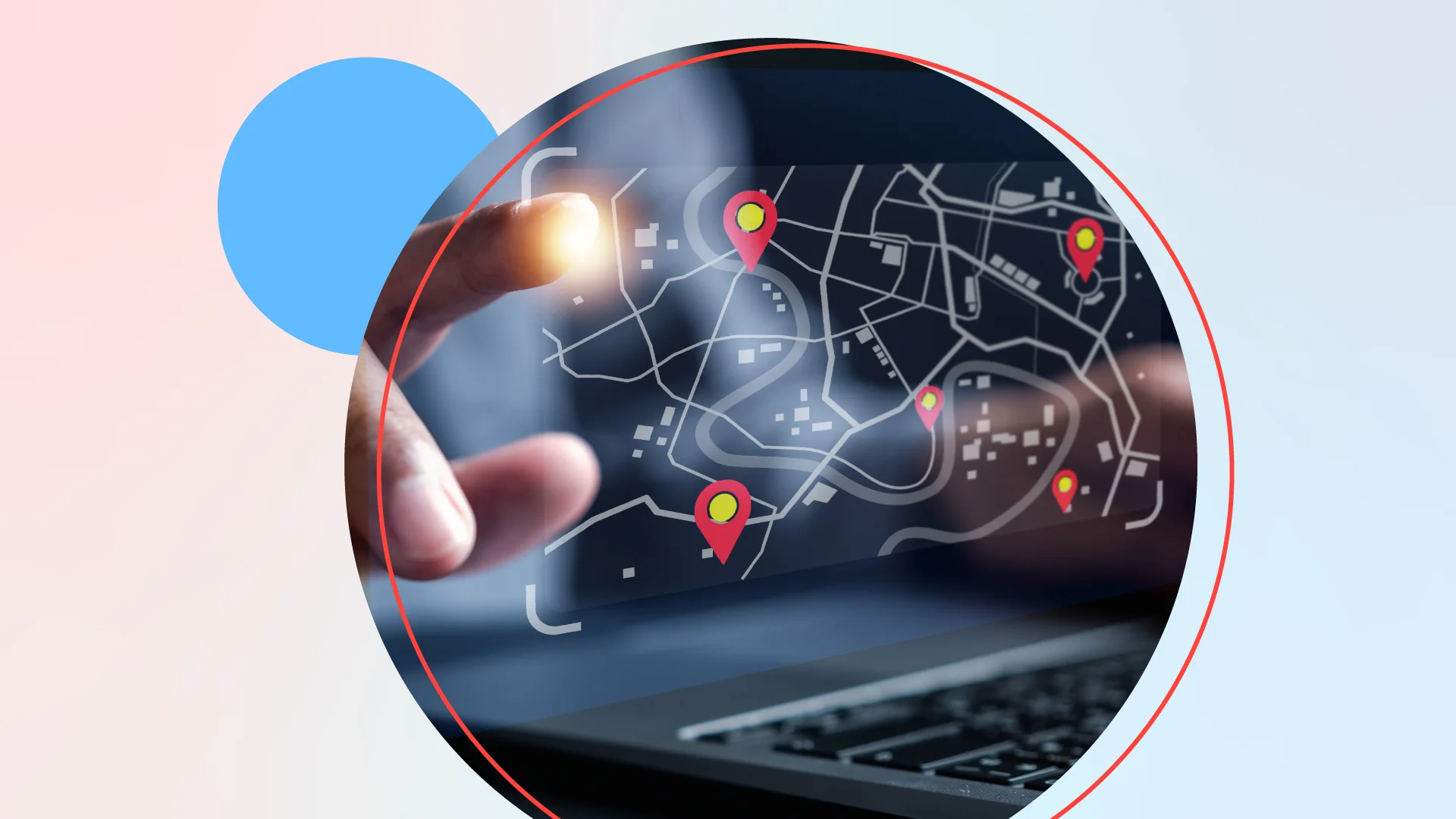On September 22, 2023, the Office of Management and Budget (OMB) unveiled its eagerly anticipated policy guidance, M-23-22, titled “Delivering a Digital-First Public Experience.” Officially, this memo serves as the implementation guide for the 21st Century Integrated Digital Experience Act (21st Century IDEA). However, in practice, it goes beyond that, consolidating and elaborating on a wide array of policies and practices that the government expects agencies to adopt in addressing an inconsistent and suboptimal digital experience. It’s important to note that while it encompasses digital experiences, this guidance is not meant to be comprehensive for customer experience (CX), which has a broader scope.
“Meeting the public’s expectations for high-quality digital experiences requires Federal agencies to design and develop government websites and digital services that are simple to use, seamless across journeys, and secure by design.” – Shalanda D. Young, Director, Executive Office of the President, Office of Management and Budget
While the government has made huge strides in recent years in improving its online experience, it struggles to keep pace with high expectations set by other industries. There are instances where the government falls short of its unique commitments to accessibility and usability. According to NextGov, only 2% of federal forms are usable as dynamic online forms, 60% are fully accessible for people who use assistive technologies, and 80% of federal websites do not utilize the U.S. Web Design Systems that standardize government websites.
For over three decades, REI has been at the forefront of creating a digital-first experience for the government’s diverse employees, customers and stakeholders using our Mindful Modernization™ approach. We have witnessed firsthand the value of human-centered design practices in reducing downstream costs and building trust with the American people. Designing for accessibility, clarity, discoverability, and intuitiveness should never be considered a luxury, considering how important people’s experience is with their government.
All Things Considered
It is heartening to see OMB’s guidance reinforcing the importance of practices that are sometimes overlooked due to budget and time constraints. Accessibility, clear content, plain language, and other practices that enhance website usability for everyone should never be up for negotiation.
Guidance-23-22 represents a concerted, time-bound effort to transform the 21st Century IDEA Act from a vision into consistently executed reality. This can only be achieved if the numerous agencies and teams working on affected projects embrace the change, leverage government-created tools (e.g., US Web Design System (USWDS)), and collaborate with industry experts for support to attain the ultimate goal of improved user experiences.
What Are the Priorities?
As OMB notes, digital has fast become the default channel of choice for how the public interacts with the government. People expect government websites and mobile apps to function much like consumer-focused ones do. There are nearly two billion visits to Federal websites every month. Even the smallest can have big impacts on satisfaction. And with that satisfaction comes increased trust or a public that sees government trying to function well.
OMB has identified seven key pillars of Digital Experience (DX) as priorities: analytics, accessibility, branding, content, design, search, and digitization.
Progress is Underway
OMB is guiding agencies down a path that REI Systems has been pioneering long before 2018, placing REI in a unique position to help lead these agencies toward transformation. REI Systems has already made progress that aligns with OMB’s priorities and guidelines on projects for multiple clients.
Stay tuned for our next blog, which will delve into tangible next steps for agencies to implement this guidance and explore the outcomes achieved by agencies that have embarked on their digital experience journey.




